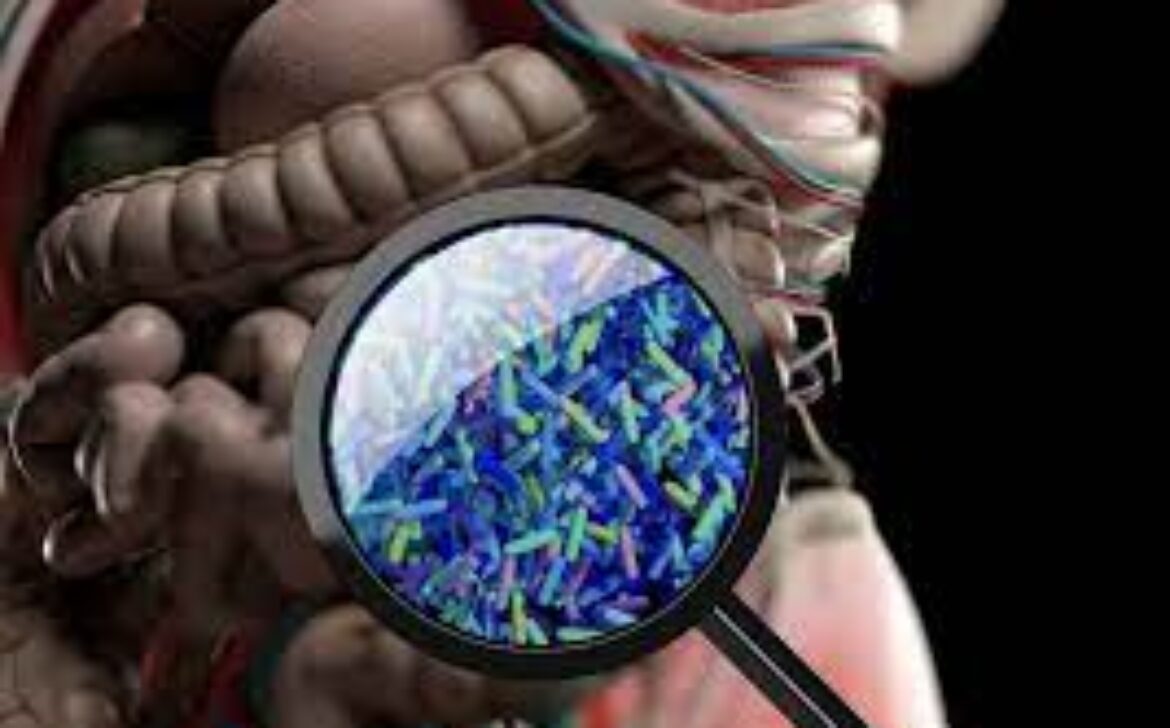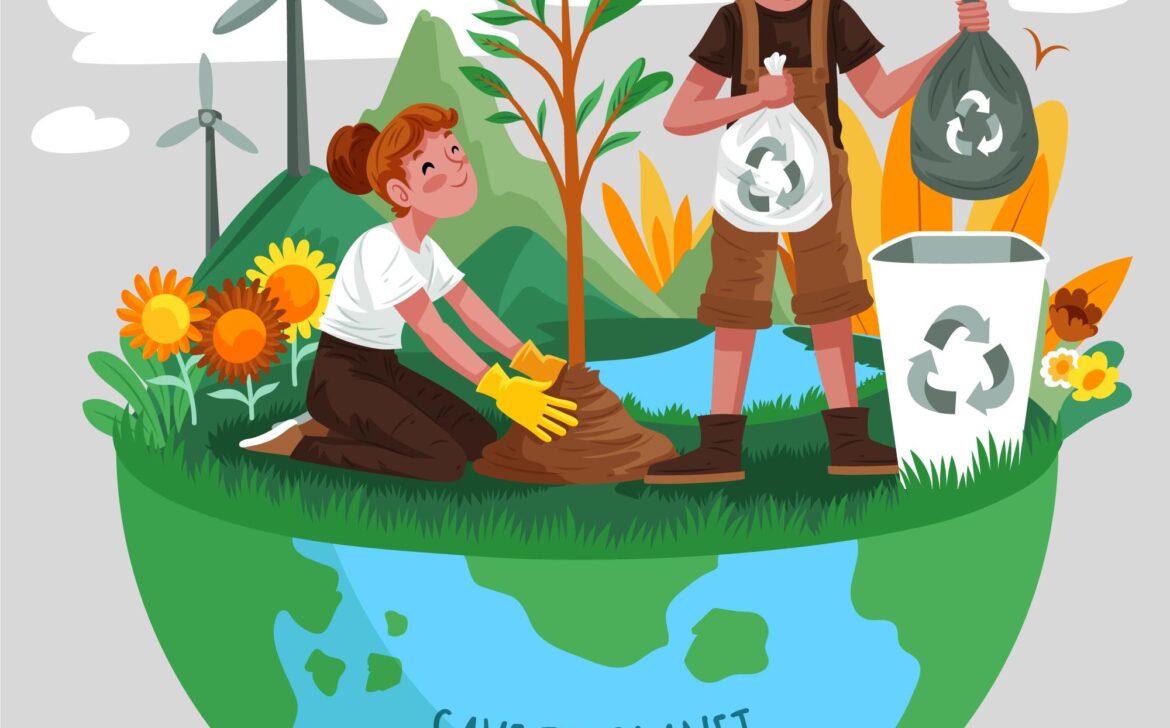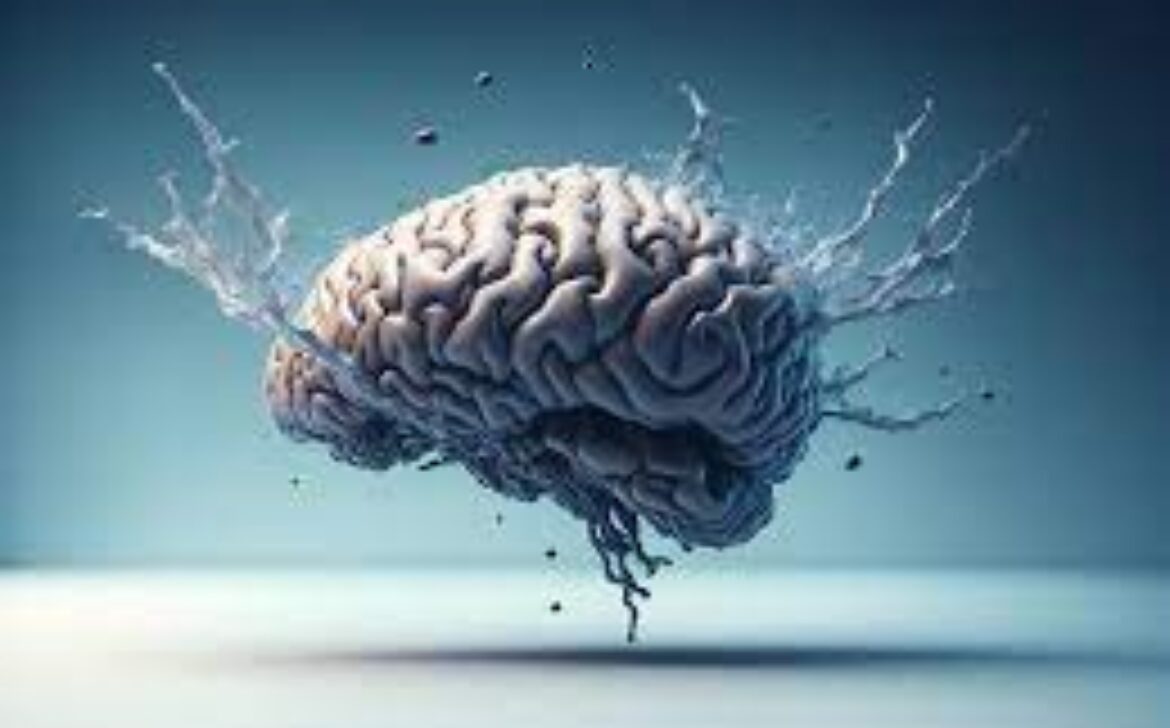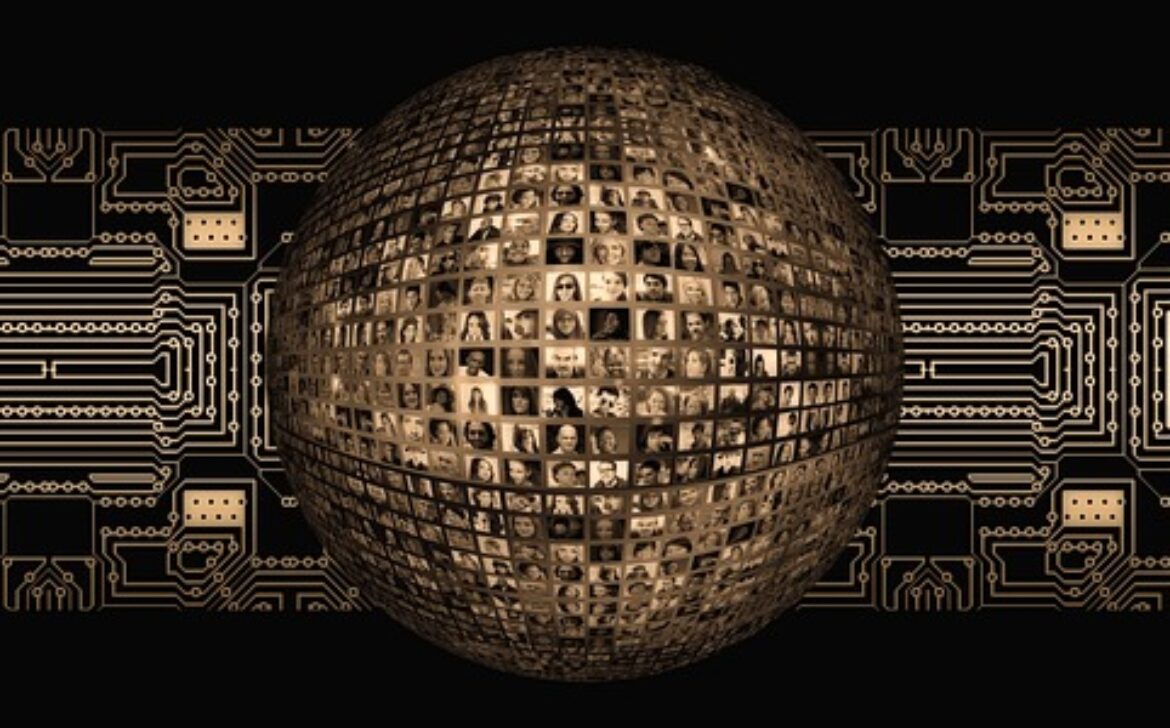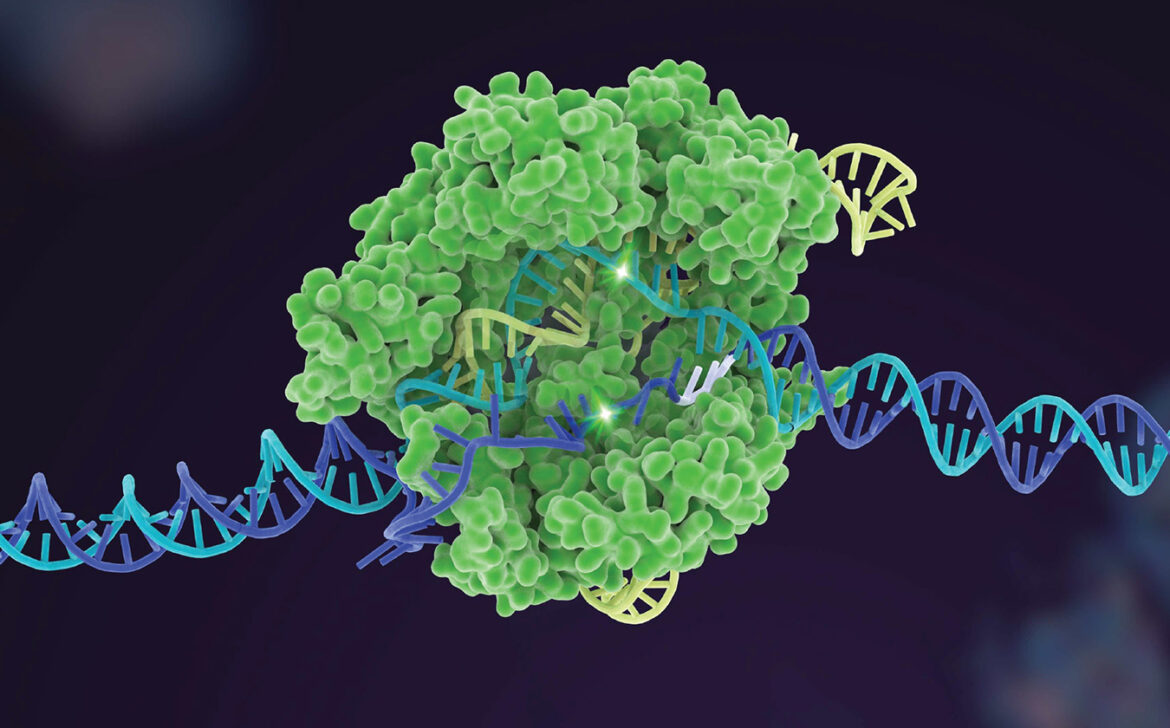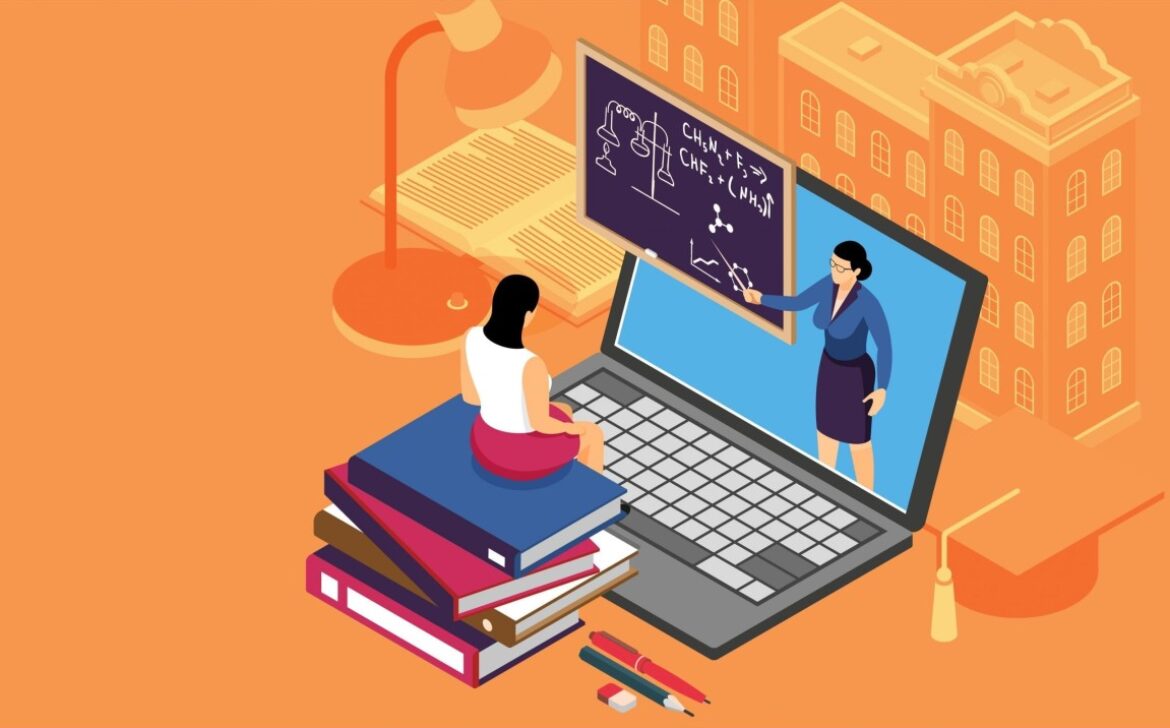The Fermi Paradox and the Great Filter Hypothesis: Searching for Cosmic Companions
The universe stretches beyond our imagination, teeming with countless stars and planets. Yet, a puzzling silence pervades the cosmic expanse. This conundrum, known as the Fermi Paradox, sparks questions about the existence of extraterrestrial civilizations and introduces the enigmatic concept of the Great Filter.
1. A Universe Teeming with Potential:
With billions of galaxies and even more stars, the potential for extraterrestrial life seems vast. The conditions for life might be replicated in numerous corners of the universe.
2. Where Are They? The Fermi Paradox:
Despite the potential, our search for cosmic companions has yielded silence. The Fermi Paradox raises the question: If life is abundant, where are the extraterrestrial civilizations?
3. The Zoo Hypothesis:
One possible explanation is the “zoo hypothesis.” It suggests that advanced civilizations are observing us, much like a cosmic zoo, without directly interfering.
4. The Great Silence:
Another idea is the “great silence.” It implies that advanced civilizations might intentionally avoid communication, prioritizing their security over interaction.
5. The Great Filter Hypothesis:
Enter the Great Filter hypothesis—a thought-provoking concept. It suggests that there’s a critical hurdle, a “filter,” that prevents most potential civilizations from reaching the level of interstellar communication.
6. Navigating the Filter:
The Great Filter could be any number of obstacles: from the emergence of life itself, to the development of complex multicellular organisms, to the challenges of intelligence, or the potential destruction of technological civilizations.
7. Is the Filter Ahead or Behind?
The big question—have we already passed the Great Filter, or does it lie ahead of us? If it’s behind, we might be among the rare civilizations to overcome it. If ahead, challenges could be looming.
8. The Implications for Humanity:
If the Filter is ahead, we face uncertainties. Our choices and actions could shape our fate. Understanding the challenges can guide us in avoiding potential pitfalls.
9. The Search Continues:
Despite the paradox, the search for extraterrestrial life goes on. Technologies like the Kepler Space Telescope and upcoming missions aim to uncover distant worlds that might harbor life.
10. Humbling and Hopeful:
The Fermi Paradox and the Great Filter remind us of the profound mysteries that surround us. They challenge our assumptions and remind us that in the grand cosmic narrative, we are but a small part.
In the grand cosmic theater, the Fermi Paradox and the Great Filter stand as intellectual dramas, prompting us to contemplate our place in the cosmos. Whether it’s a cosmic silence or a hidden barrier, these concepts encourage us to gaze up at the stars, pondering the mysteries of the universe and our place within it.




